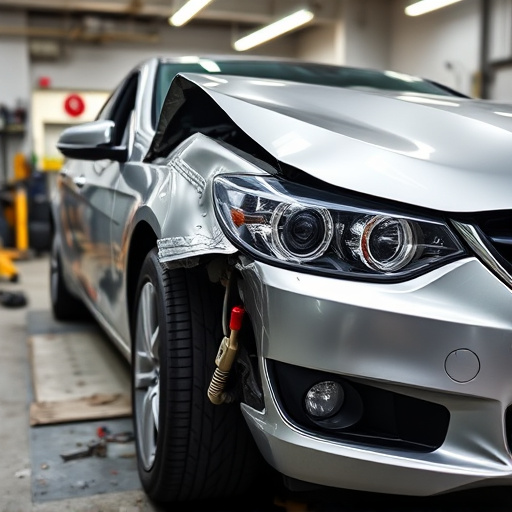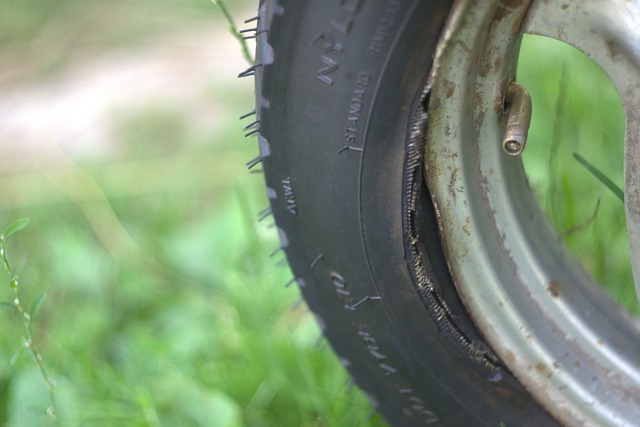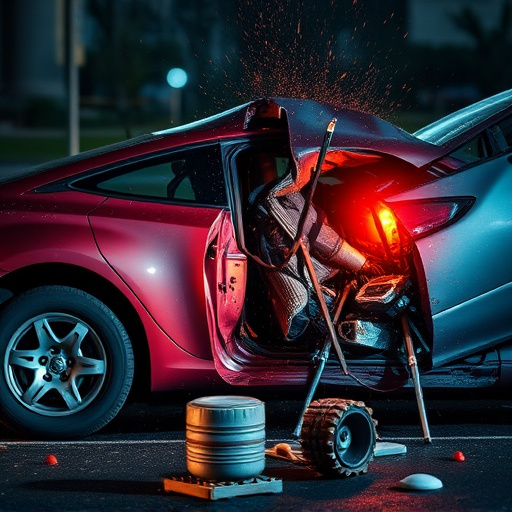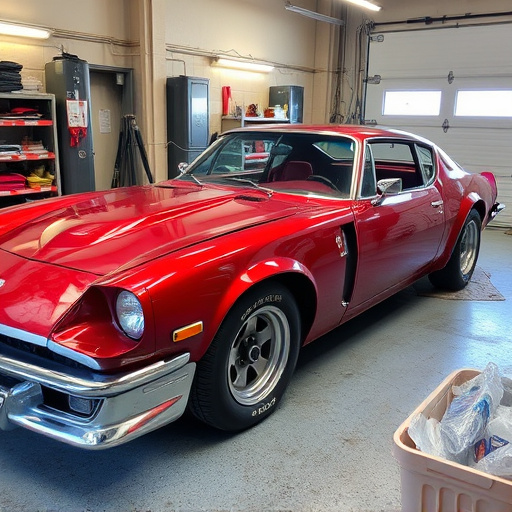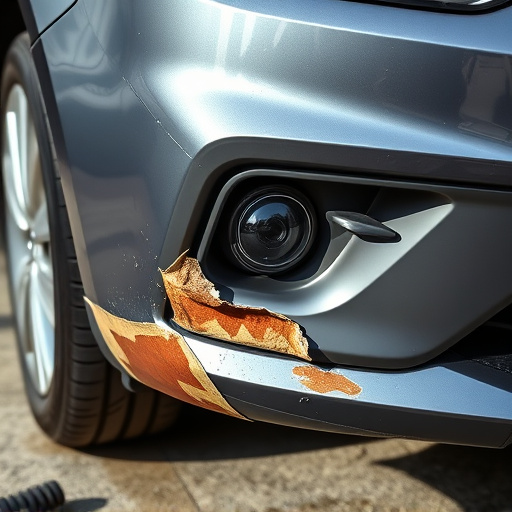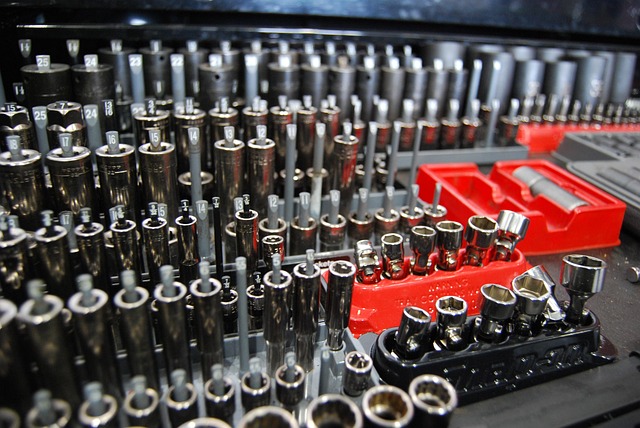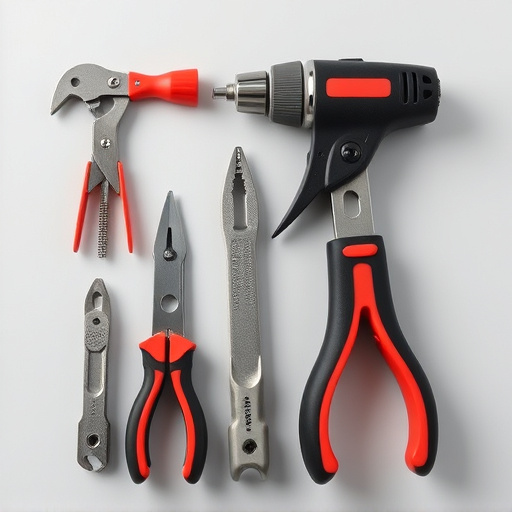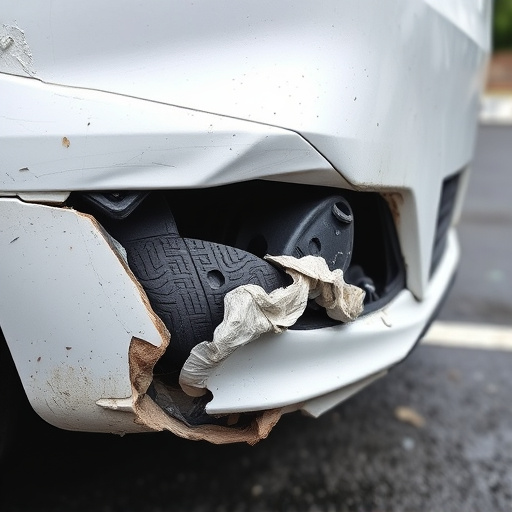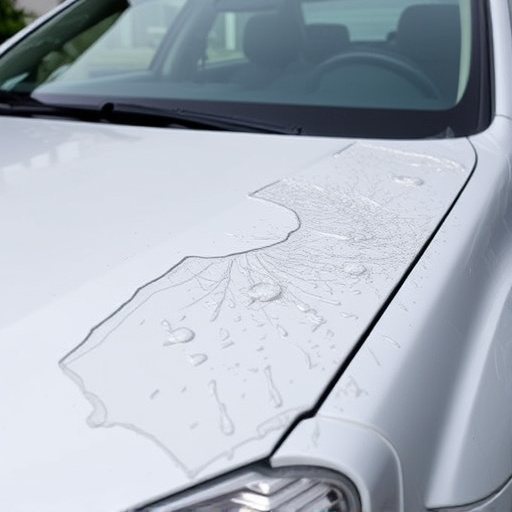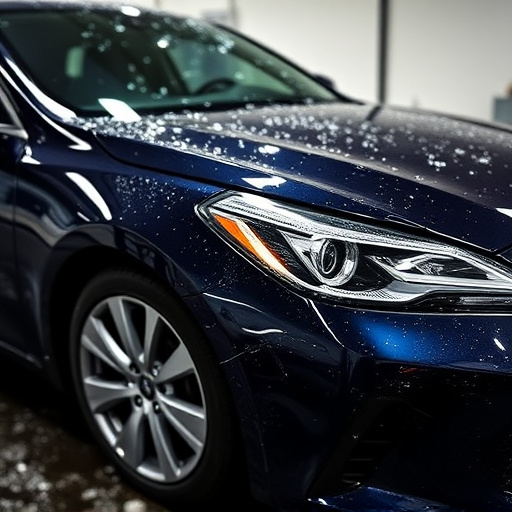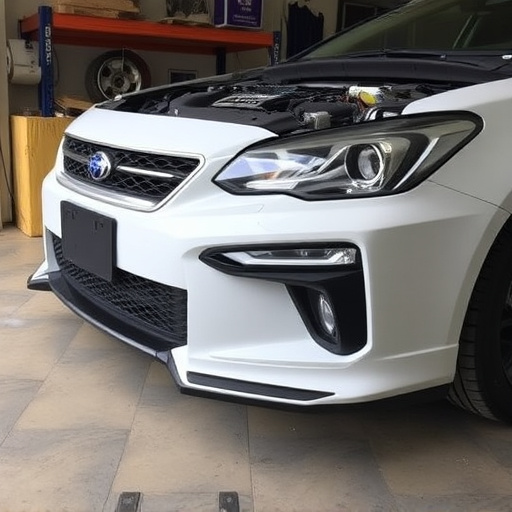Mastering base coat application is key in automotive painting, offering protection and enhancing durability. Technicians use various techniques based on damage extent and skill level, ensuring aesthetic and protective benefits. For insurance claims, review policy coverage, document damage with photos, and contact insurers promptly, providing detailed descriptions of issues encountered during base coat application.
“Discover the transformative power of a well-executed base coat application and its pivotal role in paint protection. This comprehensive guide explores the art and science behind various base coat application techniques, unraveling their impact on your vehicle’s longevity. Learn why this initial layer is more than just paint—it’s your car’s first line of defense. Additionally, we demystify the insurance claim process for base coat damage, empowering you with knowledge to navigate claims smoothly and ensure your investment is protected.”
- Understanding Base Coat Application Techniques
- The Role of Base Coat in Paint Protection
- Navigating Insurance Claims for Base Coat Damage
Understanding Base Coat Application Techniques
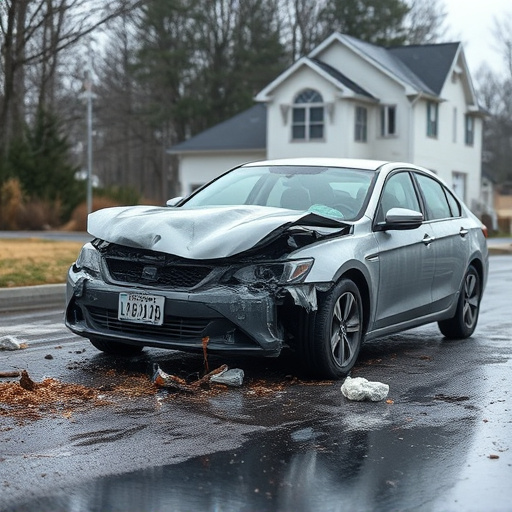
Mastering base coat application is a key step in both automotive painting and collision repair processes. The base coat serves as a crucial primer, ensuring optimal adhesion of subsequent coats and ultimately determining the durability of the final finish. Proficient technicians employ various techniques to apply this critical layer evenly and thoroughly. One common method involves using an airbrush or spray gun, allowing for precise control over the coating’s distribution. This approach is especially beneficial for complex bumper repair or vehicle dent repair jobs, where achieving a seamless blend with surrounding panels demands meticulous attention.
Another technique involves rolling the base coat onto the damaged area with a paint roller, followed by careful brushing to ensure complete coverage. This method is often preferred for smaller, more contained repairs like minor dings and scratches. The choice of application technique hinges on factors such as the extent of damage, desired finish, and the skill level of the technician in a collision repair shop. Proper base coat application not only enhances aesthetics but also plays a pivotal role in protecting the vehicle’s surface from future corrosion and damage.
The Role of Base Coat in Paint Protection
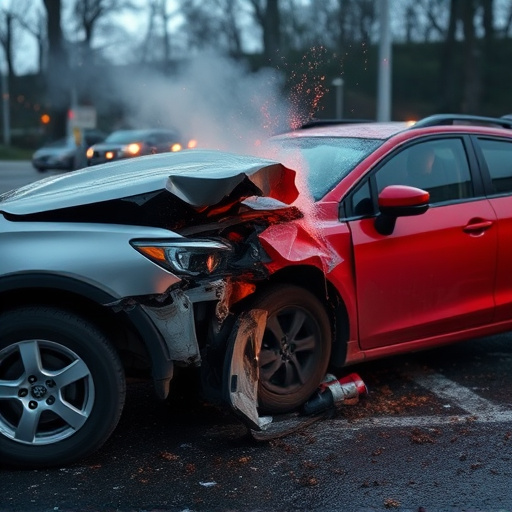
The application of a base coat is an integral part of any quality paint protection process, especially when it comes to preserving the aesthetics and longevity of vehicles. In the realm of automotive body work, base coats serve as a protective barrier between the vehicle’s surface and the topcoat paint. This crucial layer is designed to prevent damage from environmental factors like UV rays, acid rain, and harsh chemicals, which can degrade the finish over time. By acting as an insurance policy for your car’s paintwork, the base coat ensures that even if the top layer is scratched or damaged, the underlying surface remains intact.
When combined with proper vehicle repair services and car scratch repair techniques, a well-applied base coat significantly enhances the durability of the overall finish. It creates a smooth, even surface for the subsequent topcoat, ensuring a long-lasting and vibrant shine. This protective step is often overlooked in haste to get to the final finishing touch, but it plays a pivotal role in maintaining the vehicle’s appearance, making it an essential consideration in any insurance claim process involving paint damage or car scratch repair.
Navigating Insurance Claims for Base Coat Damage
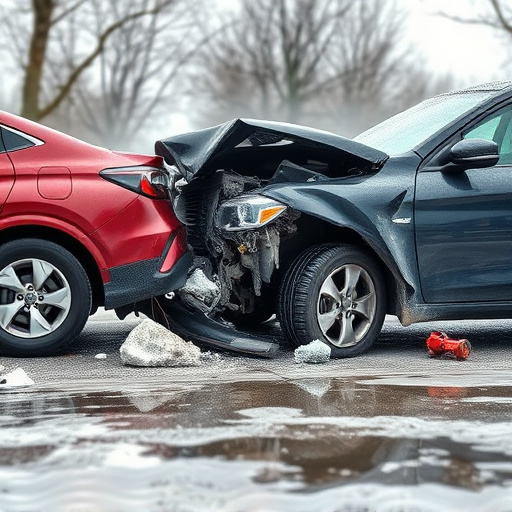
When a base coat application isn’t up to par or suffers damage post-application, navigating insurance claims for such issues can be complex. It’s crucial to understand that insurance policies vary widely in terms of coverage for vehicle restoration and collision repair shop services. Some may include specific clauses for scratch repairs, while others might not.
To ensure a smooth process, start by reviewing your policy’s terms and conditions regarding base coat application and related damages. Documenting the issue with clear photos is essential. Next, contact your insurance provider promptly to report the problem. Be prepared to provide detailed descriptions of the damage and any relevant information from the collision repair shop or vehicle restoration specialist who handled the base coat application.
Understanding the importance of a base coat in paint protection is crucial for both automotive care and insurance claims. By mastering different application techniques, you can ensure a durable and protective layer on your vehicle’s finish. When damage occurs, knowing how to navigate insurance claims for base coat repairs will help streamline the process, providing peace of mind and a like-new finish for your car or motorcycle.
